The United States dollar is one of the strongest currencies in the world. International banks and governments around the world hold dollars as a reserve currency for transactions and to keep their own economies stable. Some countries go so far as to dispense with their own currency and only use U.S. dollars; a process called “dollarization.” This article lists 8 countries and 3 international dependencies that use the United States dollar. Plus a bonus: a major country that is considering dollarization. Can you guess which one it is?
Is Dollarization a Good Thing?

There are some real advantages to using the U.S. dollar rather than issuing a separate national currency. It helps control inflation, promotes stability, and facilitates trade. It provides great convenience for American tourists and encourages more tourist spending. It restores the faith of a country’s own people in the competence of their government, knowing that the financial sector is under control. International investors no longer have to fear losses due to an unexpected drop in the country’s currency.
At a subjective level, for an independent country to use the American dollar can put its sovereignty in question. No country wants to feel like a colony of another. The country also loses control over its money supply and the ways it can be manipulated to affect the economy, by printing more money, for example. Finally, it becomes vulnerable to changes in American economic conditions and policies that are outside their control. For example, the U.S. Federal Reserve might constrict the money supply to fight inflation in a growing economy at home, at a time when the economy of a dollarized country is retracting and needs a more liberal monetary policy.
De Facto vs. Policy Dollarization
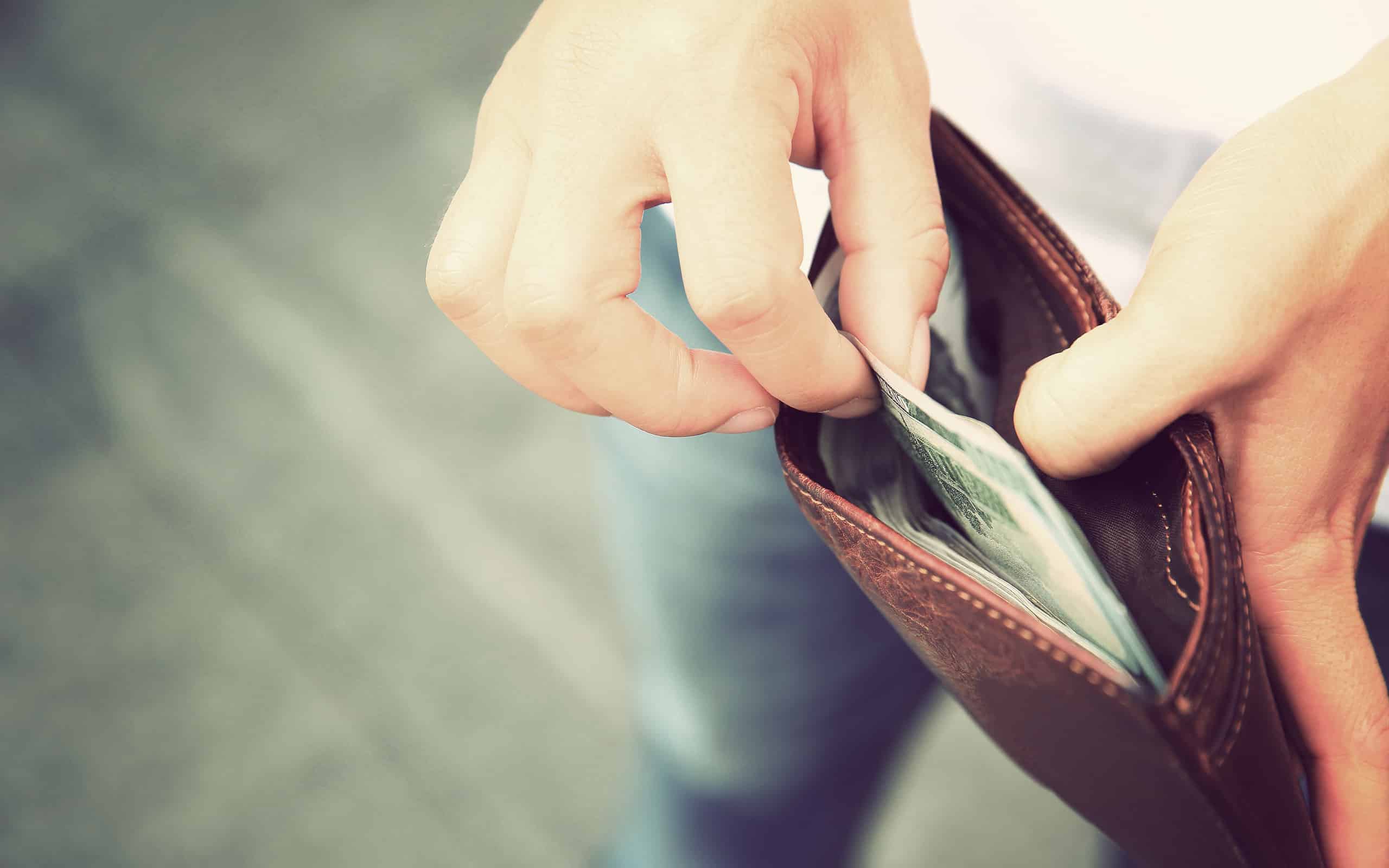
dollarization happens when individuals choose to convert their money into more stable American dollars.
©lzf/iStock via Getty Images
About half of all U.S. dollars, over $2 trillion, circulates in foreign countries. Most of this is because individuals and businesses in other countries choose to convert their local currencies into U.S. dollars to protect their wealth from inflation or confiscatory policies by their own governments. This is called de facto dollarization. Policy dollarization happens in cases where a country is already closely tied to the American economy or is experiencing such an economic crisis that it is one of the last resorts for stabilization.
Is Dollarization Good for the United States?
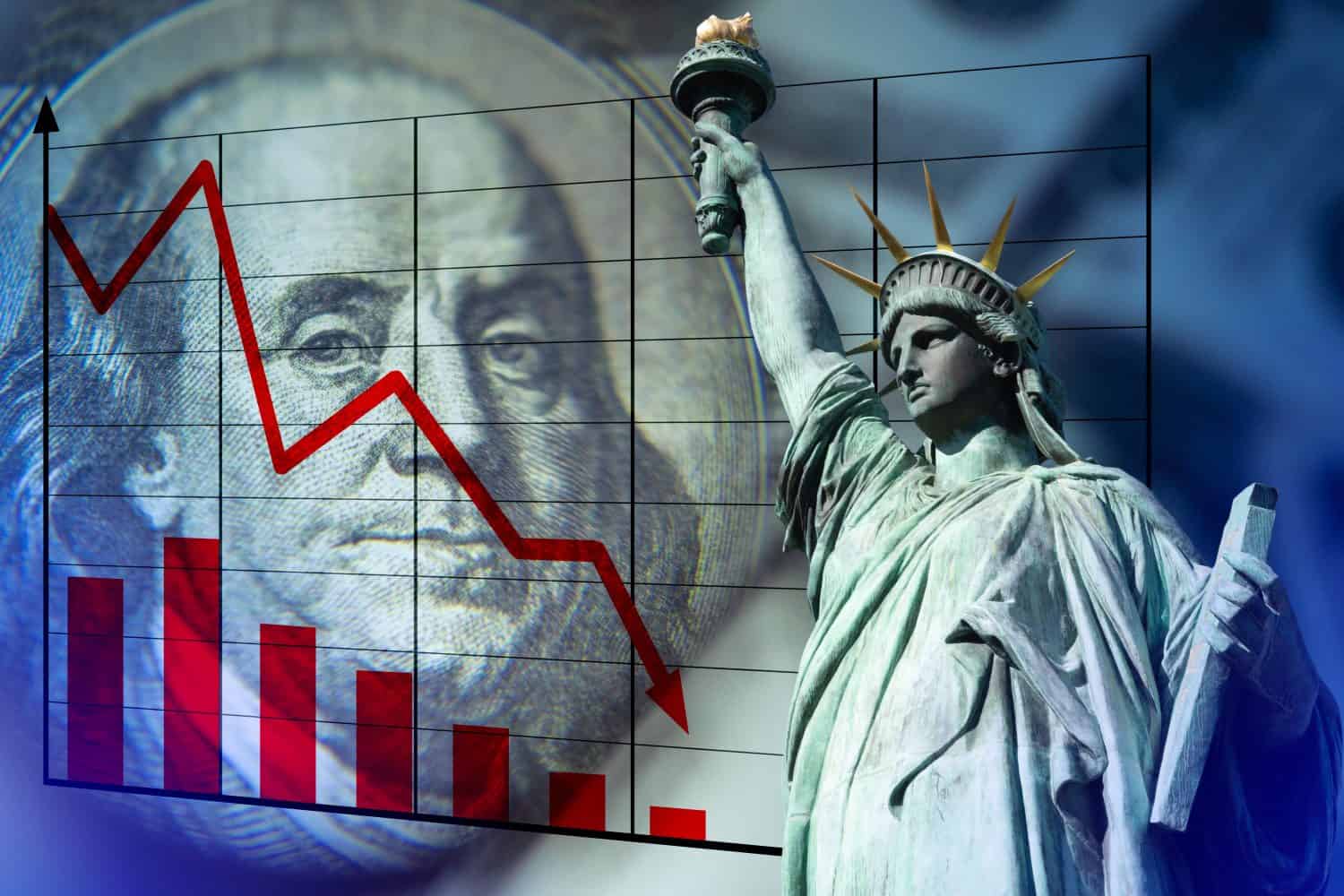
Dollarization in foreign countries doesn’t typically have much impact on the American economy.
©FOTOGRIN/Shutterstock.com
Any country can dollarize without consulting with the United States or seeking permission. American dollars freely circulate in the world, and any country can decide that it will be the only currency they use. So far, the countries that have dollarized have been those with small economies. Their use of dollars does not have a noticeable impact on the American economy. If larger economies started using the dollar it would increase demand for dollars and strengthen the currency. This is not always a good thing. A very strong U.S. dollar would fuel imports but make American exports more expensive, contributing to an unfavorable trade balance.
The U.S. Treasury advises countries that are considering dollarization that it is not a substitute for good economic policies and restrained spending. If a country dollarizes, and then mismanages its economy in a way that creates suffering for local people, this could create resentment against the United States. It can create an impression of neo-colonialism that is robbing the country of its wealth.
Following are 11 countries and territories that have taken the step of dollarization, and one major economy that may also take that radical step.
1. Bonaire
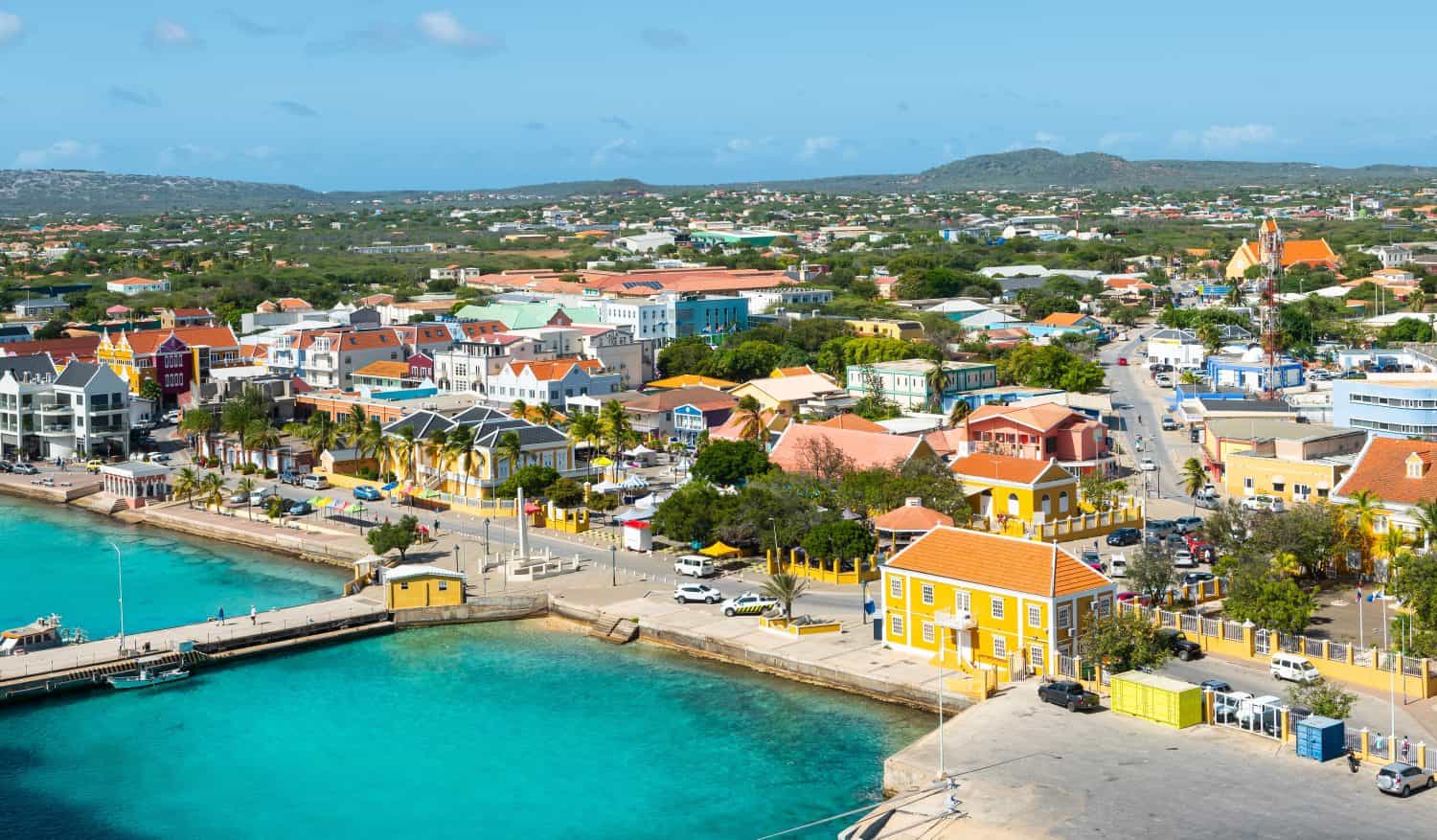
Kralendijk, capital city and harbor of Bonaire Island, Caribbean Netherlands.
©Nancy Pauwels/Shutterstock.com
Bonaire is an island in the Caribbean that is a possession of the Netherlands. Until 2011 they used the Netherlands Antillean guilder as their currency. That year, though, they replaced it with the U.S. dollar rather than the euro, which the Netherlands uses. The main reason for this choice was to facilitate trade and tourism, which is oriented toward the United States.
2. British Virgin Islands
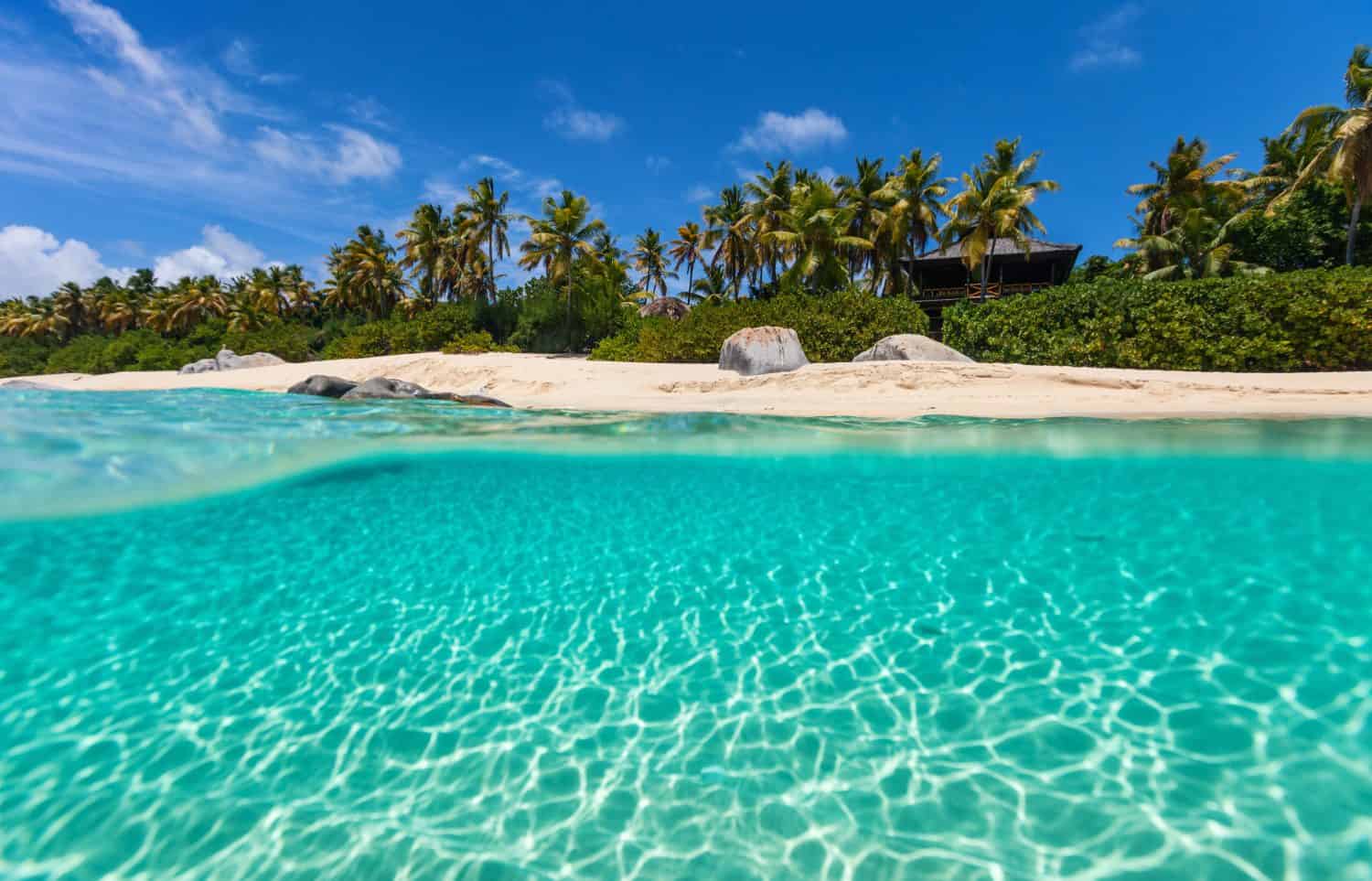
The British Virgin Islands are an idyllic vacation destination for international tourists.
©BlueOrange Studio/Shutterstock.com
Like Bonaire, the British Virgin Islands chose to adopt the U.S. dollar rather than the currency of the colonial power that rules it. The Virgin Islands are an archipelago roughly divided in half between the United States and the United Kingdom. With only 31,000 people, the British side has less than a third of the population of the American side. So it made sense to adopt the currency most used locally. The change to the dollar happened in 1959.
3. Ecuador
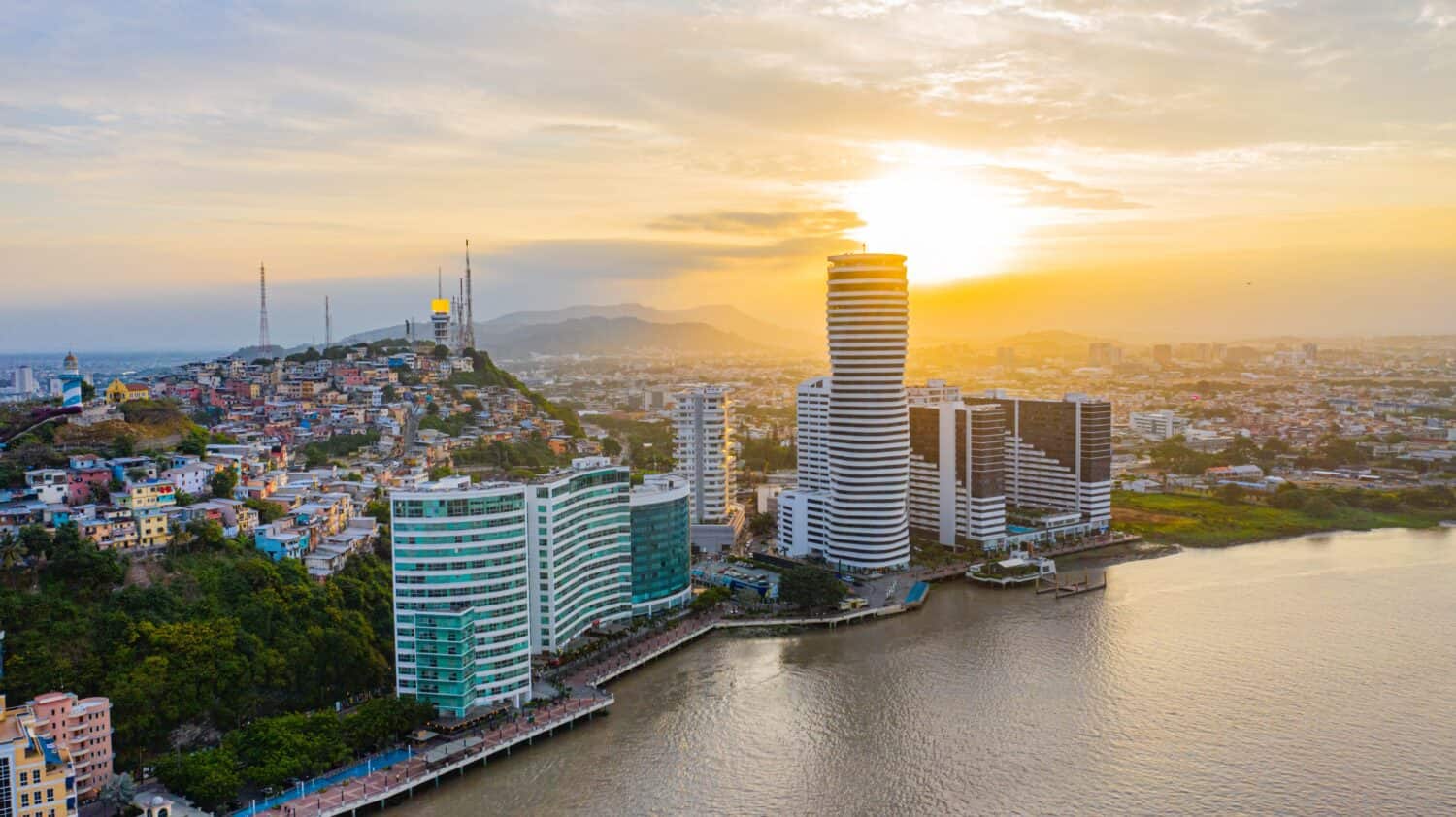
Guayaqui, Ecuador, one of the country’s most prominent cities.
©Previewaudiovisuales93/Shutterstock.com
Ecuador adopted dollarization in 2000 to prevent a complete economic collapse. The country defaulted on a $98 million bond interest payment, which triggered a demand for immediate repayment of the full $5.9 million balance due on the bonds. After an agreement with the United States, Ecuador converted to the U.S. dollar and was able to secure about $2 billion in international funding to get past the crisis.
The result has been a drop in inflation from 40% to less than 3%. However, it has not resulted in a large economic boom. According to the World Bank, per capita GDP has declined. This all goes to show that dollarization is not a quick and easy fix to a country’s economic problems.
4. El Salvador

El Salvador is geologically active. This beautiful volcano is located in Cerro Verde National Park.
©high fliers/Shutterstock.com
Unlike Ecuador, El Salvador decided to adopt the U.S. dollar in 2001 at a time when its economy was strong. It had low inflation, a growing economy, a sound banking system, and a manageable level of debt. The reasons for dollarization were to strengthen connections to the powerful American economy and create the most favorable environment for trade and economic growth.
5. Marshall Islands

Majuro, capital of the Marshall Islands.
©KKKvintage/Shutterstock.com
The Marshall Islands is a country of 29 coral atolls and five islands in the Pacific. After World War II the United Nations stripped the islands from Japanese control and transferred them to the United States as part of the Trust Territory of the Pacific Islands. In 1986 the Marshall Islands became an independent country in free association with the United States. It made a decision not to issue its own currency but to continue using the U.S. dollar as well as rely on the United States for its international defense needs.
6. Micronesia
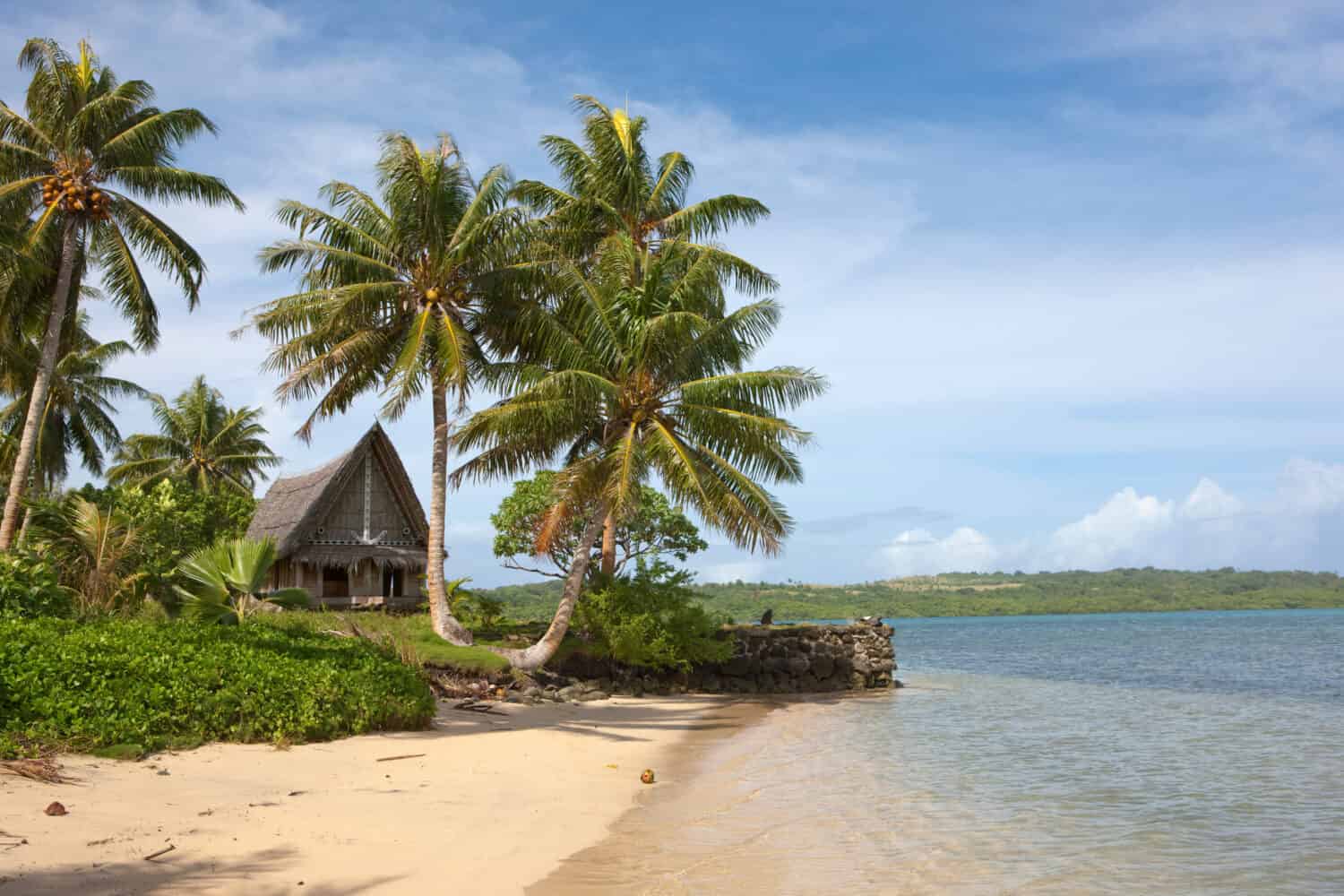
Micronesia still has villages built the way they were thousands of years ago.
©Iurii Kazakov/Shutterstock.com
Along with the Marshall Islands, Micronesia is one of the independent Pacific Island countries that emerged from the former Trust Territory of the Pacific Islands administered by the United States until 1986. Having used the American dollar since 1944, Micronesia decided not to issue its own currency after independence.
7. Palau

Palau is made up of small islands, like Kayangel Atoll.
©Patrick Gogeissl/Shutterstock.com
A third nation that gained independence from the U.S.-administered Trust Territory of the Pacific Islands, Palau continued using the U.S. dollar rather than issuing a separate currency. It also depends on the United States for its international defense.
8. Panama
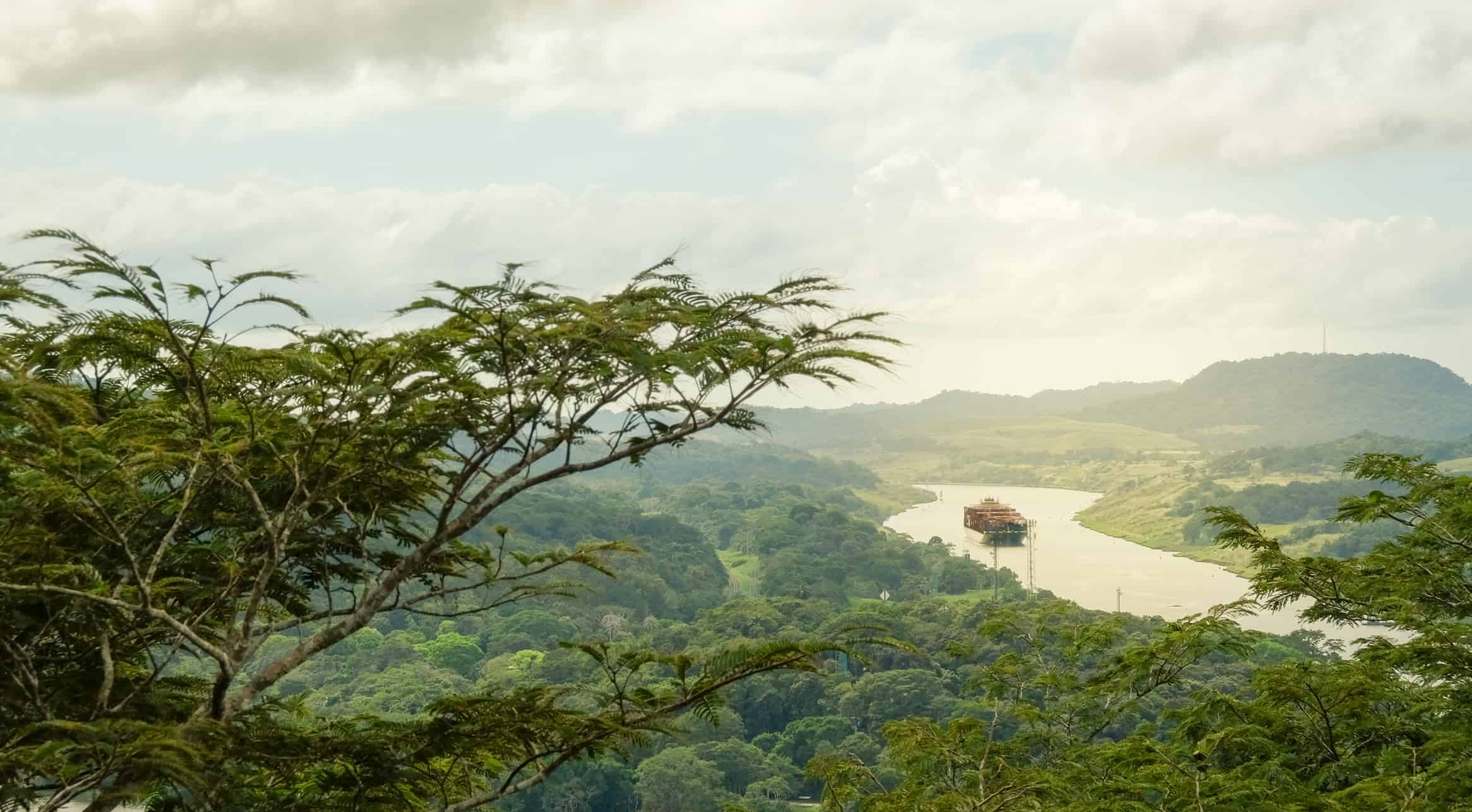
Much of Panama is still unspoiled forest.
©Paulina Sanchez/iStock via Getty Images
Panama adopted dollarization in 1904, just after gaining independence from Colombia with American assistance and granting the Americans control over the Panama Canal zone. Ever since, it has used the dollar alongside the Panamanian balboa, which trades at a conversion rate of 1:1.
9. Timor-Leste
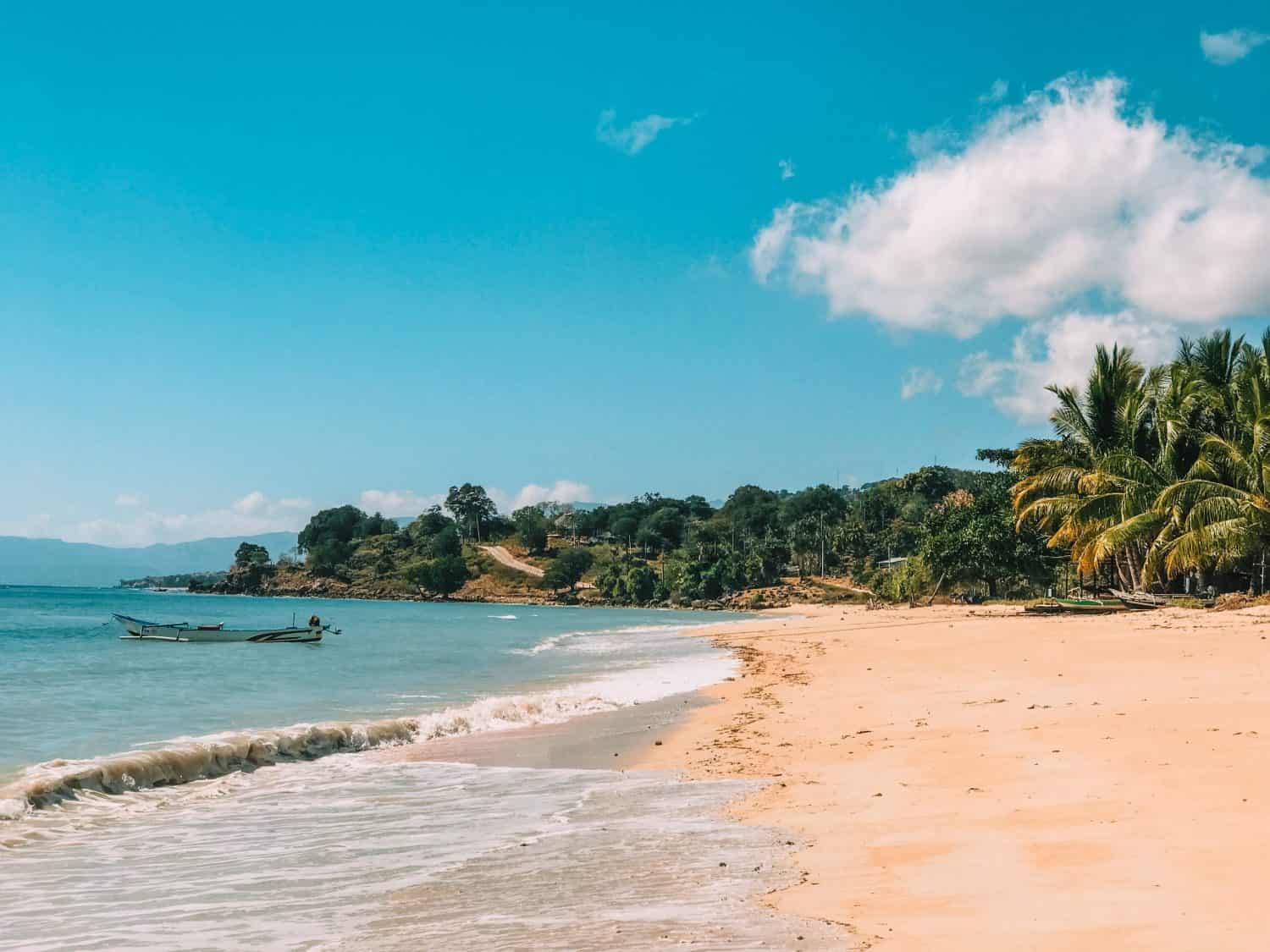
Timor Leste has beautiful tropical beaches.
©Maria Pinheiro da Veiga/Shutterstock.com
One of the newest independent countries in the world is Timor Leste. Formerly known as East Timor, it was a Portuguese colony until 1975. After declaring independence, it was invaded and occupied by neighboring Indonesia until finally winning its freedom in 2002. The U.S. dollar was chosen as its currency because it is a strong, stable global currency thought to give the country the best chances of a prosperous future.
10. Turks and Caicos
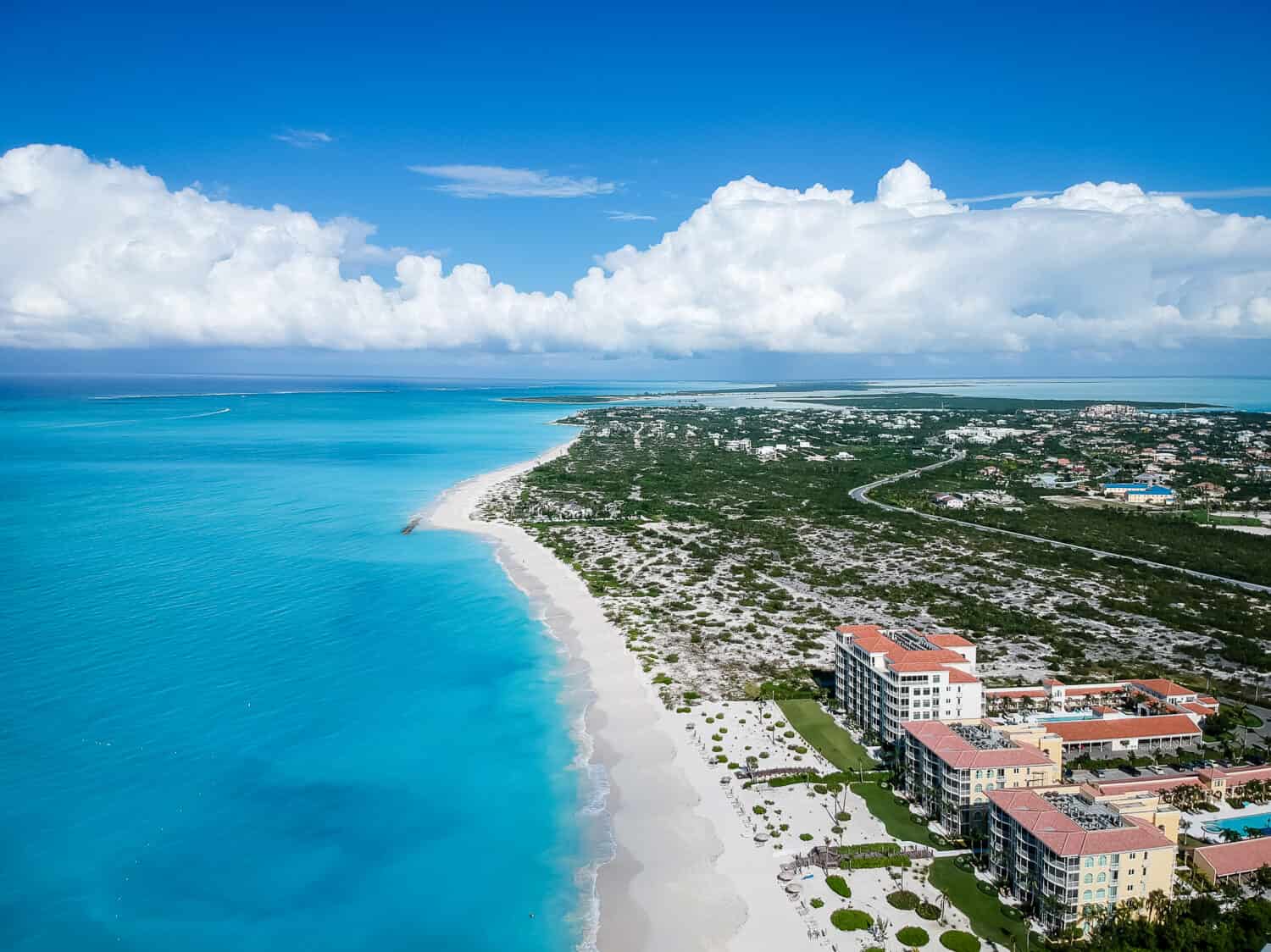
White sand beaches and pristine blue water make Turks and Caicos a popular vacation spot.
©jpbarcelos/Shutterstock.com
Turks and Caicos are resort islands in the Caribbean that are overseas territories of the United Kingdom. They have used the U.S. dollar since 1973. As with other Caribbean islands, the American dollar helps them stay integrated with the U.S. economy, which provides 82% of their tourist income.
11. Zimbabwe

Victoria is one of the natural wonders in
Zimbabwe
.
©Eva Mont/Shutterstock.com
Zimbabwe, located in southern Africa, adopted the U.S. dollar in 2009 after its currency collapsed and went through hyperinflation. Today it has a multicurrency system, using not only the dollar as an official currency but also the euro, pound sterling, the pula, the rand, and others. Zimbabwe planned to end this system in 2025 but recently announced it would continue it until 2030.
Bonus: Argentina
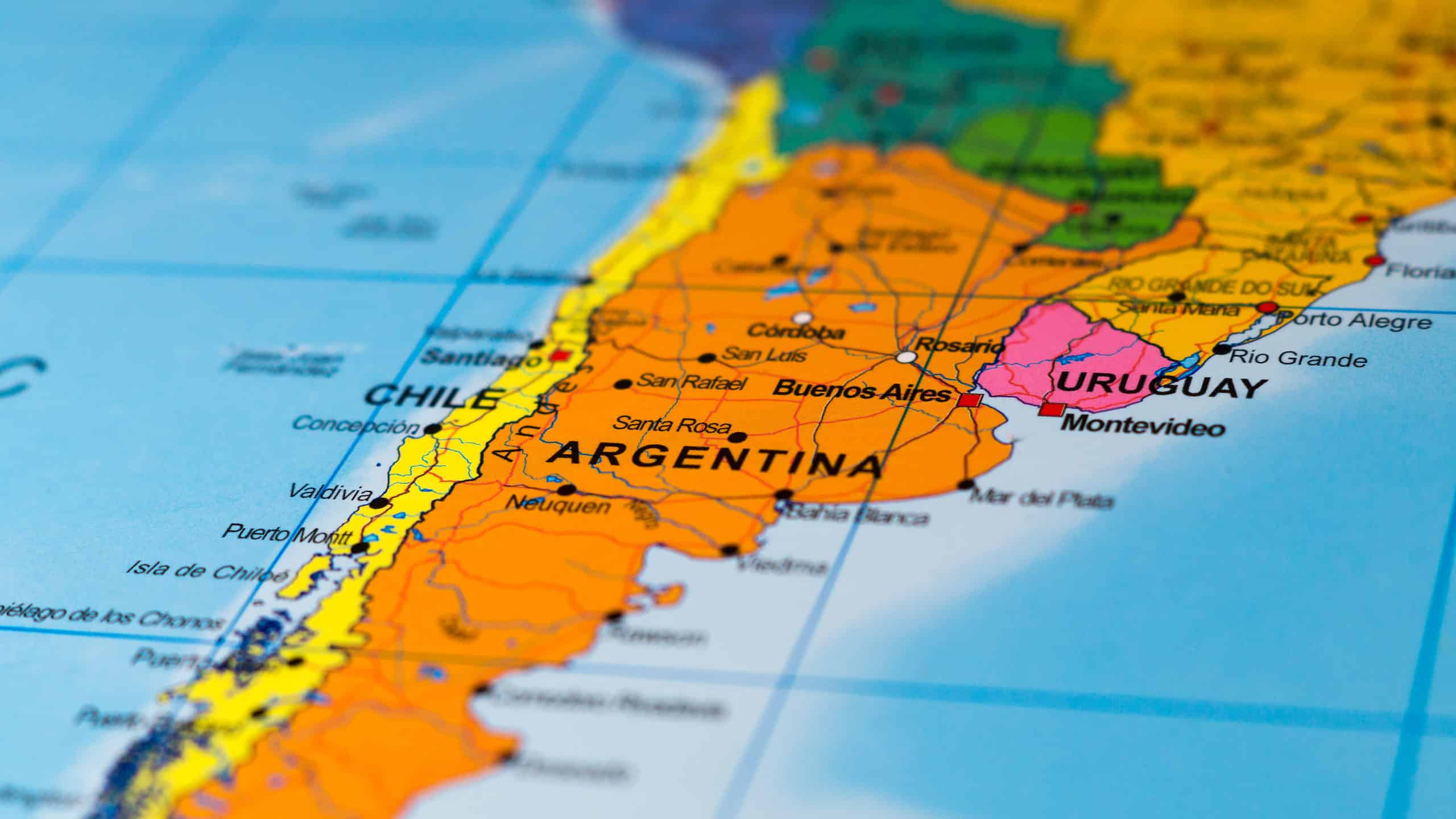
Argentina has a $641 billion economy. Dollarization would be an unprecedented move.
©Timyee/Shutterstock.com
From time to time Argentina considers dollarization. It has had big problems controlling its spending in the past and tends to print money to cover its budgetary deficits. This fuels inflation, causes the money to devalue, and shakes the confidence of investors and lenders. If Argentina were to ditch its peso for the U.S. dollar, it would be the largest economy in the world to do so.
The photo featured at the top of this post is © Artmim/Shutterstock.com
Thank you for reading! Have some feedback for us? Contact the AZ Animals editorial team.







